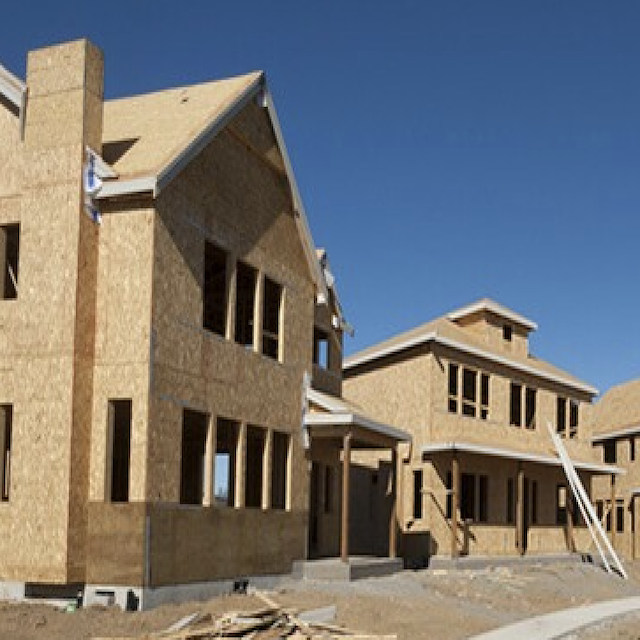Western and Sun Belt States Face Most Severe Housing Shortfalls

The U.S. faces a housing shortfall of roughly 7.1 million homes, with the most severe gaps concentrated along the West Coast and in fast-growing states such as Colorado, Texas and Florida, according to a new analysis from Chandan Economics. Persistent affordability challenges and a slowdown in residential construction have deepened the nationís housing deficit, the firm said.
According to the National Low Income Housing Coalition, no state currently has an adequate supply of affordable rental homes available to its lowest-income residents.
Chandanís study found that multifamily permitting activity, an important indicator of future apartment supply, has fallen back to pre-pandemic levels in 2025 as high borrowing costs and regulatory constraints weigh on new development.
Metros along the West Coast, Northeast and Great Lakes regions have struggled most to keep pace with demand, reflected in historically low per-capita permitting activity. Some areas across the Appalachian region and the Midwest are also seeing construction levels far below whatís needed to close local housing gaps.
Among metros with positive net migration this year, the median number of multifamily building permits stands at just 0.91 per 1,000 residents. Cities in the Great Lakes and Northwest regions are experiencing the most pronounced shortfalls in multifamily development. Apartment construction along the U.S. Gulf Coast ó particularly in Alabama, Louisiana and Texas ó has also lagged behind recent demand trends. Meanwhile, several Carolina metros, including Augusta and Winston-Salem, rank among the nationís most severely underbuilt markets.
While multifamily completions have surged since the pandemic, easing short-term shortages, structural underbuilding remains a longer-term concern. Chandan noted that completions are on track to reach another record high this year, yet sustained population growth and migration continue to outpace supply.
In 2024, household relocations rose 12.1% year-over-year to 12.3 million, the highest total since before the pandemic, further straining available rental inventory.
Looking ahead, recent federal tax adjustments, state-level regulatory reforms, and the Federal Reserveís ongoing shift toward a more accommodative stance could improve financing and building conditions for developers. Chandan said a less costly development pipeline would allow operators to deliver more affordable rental options while maintaining profitability.
Source: GlobeSt/ALM